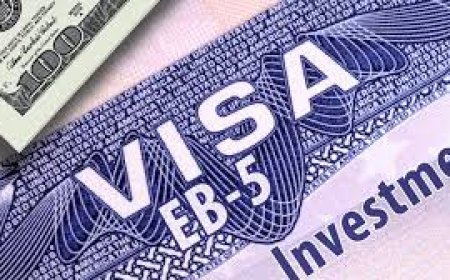Top 7 Factors That Affect Your Bike Insurance Cost
Introduction
When buying bike insurance, most riders just look at the premium and wonder why its so highor surprisingly low. The truth is, your bike insurance cost doesnt come out of thin air. Its shaped by a variety of factors that insurers carefully analyze before quoting a price. If youre wondering why your friends insurance is cheaper or why yours keeps increasing every year, theres probably a good reason. Understanding the top factors that impact your bike insurance cost can help you save money, make smarter choices, and ensure youre getting the coverage you need without overpaying.
1. Type and Model of the Bike
One of the biggest influencers on your bike insurance cost is the bike itself. If you own a high-end sports bike, expect to pay more. These bikes are expensive to repair and more likely to get stolen, which makes them riskier for insurers. On the other hand, commuter bikes or smaller engine models are cheaper to cover. Even within the same brand, a 150cc bike will cost less to insure than a 1000cc superbike.
2. Age of the Bike
Just like people, bikes ageand so does their value. A brand-new bike costs more to insure because it's worth more and repairs are costlier. As the bike gets older, its market value drops, which often reduces your bike insurance cost. However, if your bike is very old and lacks modern safety features, some insurers might increase the premium due to higher risk or lack of spare parts.
3. Location and Usage
Where you live and how you use your bike can have a serious impact on your bike insurance cost. Live in a crowded urban area with high traffic and theft rates? Expect to pay more. Use your bike daily for commuting versus occasionally on weekends? Again, thats going to affect your premium. Rural areas with lower accident rates usually enjoy cheaper insurance. Insurance companies analyze local statistics to estimate how risky it is to insure you.
4. Riders Age and Experience
Insurance is about risk. A young rider in their early 20s with little riding experience is seen as a higher risk than someone in their 40s with a decade of riding under their belt. If youve recently received your license or have a history of reckless driving, your bike insurance cost will definitely be higher. More experienced riders with clean records usually get lower rates. Some companies even offer discounts for riders whove completed certified safety or defensive driving courses.
5. Coverage Type and Add-Ons
Not all bike insurance policies are created equal. If you opt for basic third-party insurance, your premium will be lowerbut so will your coverage. Comprehensive insurance that covers theft, natural disasters, and personal damage will increase your bike insurance cost. Add-ons like zero depreciation, roadside assistance, or engine protection will also push up the price. It's all about the level of protection you want and how much you're willing to pay for peace of mind.
6. Claim History and No Claim Bonus (NCB)
Insurance companies reward safe riders. If you havent made any claims in the past year, youre likely eligible for a No Claim Bonus (NCB), which can significantly reduce your premium. Each consecutive claim-free year can earn you bigger discountssometimes up to 50%. On the flip side, if you have a history of frequent claims, your bike insurance cost will rise. It tells the insurer that youre more likely to cost them money in the future.
7. Bike Modifications
Modified bikes may look cooler and perform better, but they often come with a priceliterally. Any changes you make to your bike, whether cosmetic or mechanical, can increase your bike insurance cost. Why? Because modifications often increase the value of your bike or alter its safety profile. A louder exhaust, neon lights, or a racing engine might be fun, but insurers view these as added risks. Some modifications may even void your coverage if not declared properly.
Conclusion
Knowing what drives your bike insurance cost gives you more control as a rider. From the kind of bike you ride to your location, driving history, and the type of coverage you choose, each factor plays a role in shaping your premium. Rather than guessing or blindly accepting a quote, now you know what to look forand how to possibly lower the cost.
Call to Action
Thinking of renewing your policy or getting a new one? Take a minute to review the factors above before clicking buy. Compare quotes, ask questions, and always be honest about your riding habits. Being informed is the first step to getting the best deal on your bike insurance cost. Ride safe, insure smart.






































